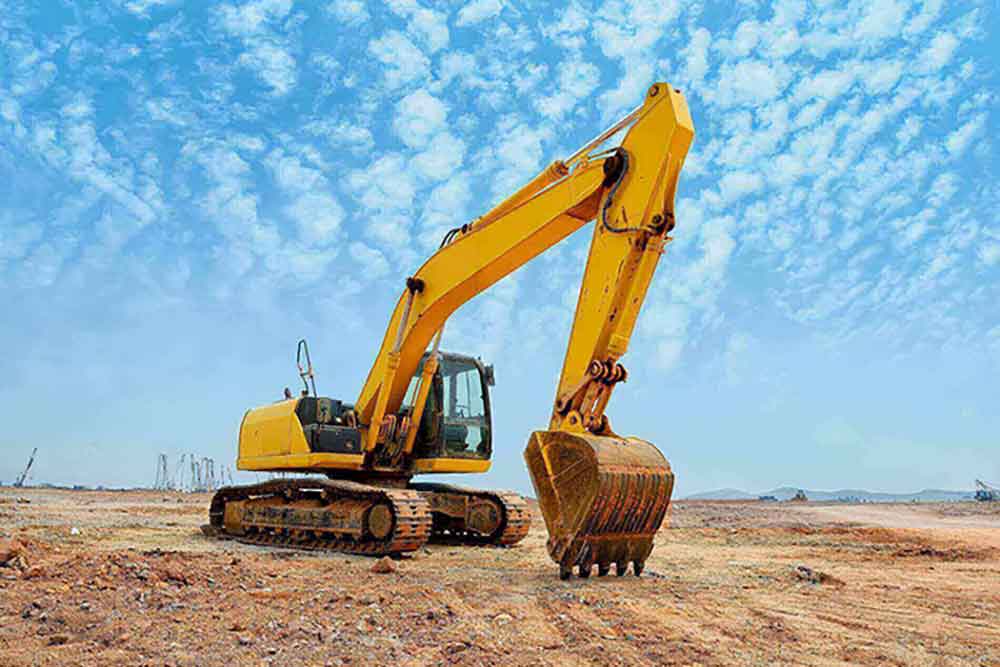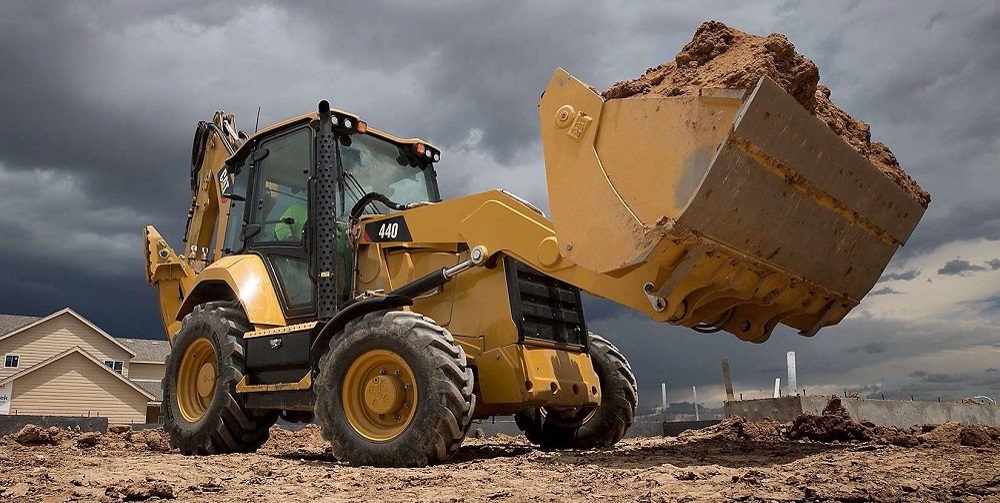Scissor Lift Rental: Safe and Efficient Solutions
Scissor Lift Rental: Safe and Efficient Solutions
Blog Article
Renting Out Vs. Buying Construction Devices: Making the Right Option for Your Job
When getting started on a construction project, one of the vital decisions that project supervisors and stakeholders face is whether to lease or acquire construction devices. The choice hinges on different variables such as expense considerations, task period, tools maintenance, danger, versatility, and scalability monitoring.
Price Considerations
Renting tools often calls for reduced initial settlements contrasted to acquiring, making it an eye-catching choice for temporary tasks or professionals with budget plan constraints. In the long run, continuously renting out equipment can collect greater prices than acquiring, particularly for extensive projects.
On the various other hand, acquiring building devices involves greater upfront costs yet can result in lasting savings, especially for long-term projects or constant customers. Ultimately, the decision in between renting and buying construction equipment pivots on the task's period, regularity of use, budget plan factors to consider, and long-lasting monetary objectives.
Task Period

Alternatively, for long-term projects or ongoing building and construction job, getting equipment might be the more economical choice. Acquiring equipment can result in cost financial savings over time, especially if the tools will be often utilized. In addition, owning devices gives a feeling of control over its accessibility and allows for customization to fit certain job needs.

Equipment Upkeep
Offered the important function task period plays in determining the most economical technique in between purchasing and renting out building devices, the emphasis currently moves towards checking out the important facet of equipment upkeep. Correct upkeep is critical for ensuring the optimum efficiency and longevity of construction equipment. Leasing equipment often features the advantage of having properly maintained machinery supplied by the rental company. This can alleviate the worry of maintenance jobs from the task proprietor or specialist, conserving effort and time. On the various other hand, owning equipment needs an aggressive method to maintenance to avoid breakdowns, make sure security, and prolong the equipment's life expectancy. Routine inspections, servicing, and timely repair work are essential to keep owned and operated devices in top functioning condition. Factor in upkeep expenses when determining between renting and getting, as neglecting upkeep can lead to pricey repair work, downtime, and job hold-ups. Ultimately, a well-maintained construction equipment fleet, whether leased or possessed, is essential for the successful and effective conclusion of building jobs.
Adaptability and Scalability
In the world of building and construction equipment monitoring, the element of adaptability and scalability holds substantial value for project effectiveness and resource use. Choosing to rent out building equipment offers a high level of flexibility as it enables the fast adjustment of tools types and quantities based on the progressing demands of a like it job. Leasing allows service providers to access a vast array of customized equipment that may be needed for particular tasks without the lasting commitment of ownership. This versatility is particularly useful for tasks with varying requirements or uncertain periods (boom lift rental).
Additionally, scalability, another critical variable, is inherently linked to versatility. Renting out construction devices provides the advantage of easily scaling operations up or down as job needs rise and fall. Contractors can rapidly trade or include tools to match the project's altering requirements without the constraints of owning properties that might end up being underutilized or out-of-date. This capacity to range sources effectively can lead to cost savings and boosted task timelines, making renting a desirable choice for jobs calling for versatility and responsive source allocation.
Danger Administration
Effective danger management in building equipment operations is paramount to guaranteeing job success and mitigating possible economic losses. Construction tasks inherently involve various threats, such as equipment break downs, accidents, and task hold-ups, which can substantially affect the task timeline and budget. By very carefully considering the threats associated with owning or renting out construction tools, job supervisors can make informed choices to decrease these potential hazards.
Leasing construction equipment can provide a degree of danger reduction by transferring the duty of maintenance and repair work to the rental company. This can decrease the economic worry on the project proprietor in situation of unexpected devices failings (construction equipment rentals). Furthermore, renting gives the flexibility to accessibility customized equipment for particular project phases, reducing the threat of owning underutilized machinery
On the various other hand, having construction equipment gives a feeling of control over its use and upkeep. However, this likewise suggests birthing the full responsibility for fixings, maintenance costs, and devaluation, boosting the economic risks connected with tools ownership. Cautious threat assessment and consideration of factors such as job period, devices utilization, and upkeep requirements are crucial in identifying one of the most ideal alternative for effective threat management in building projects.
Verdict
Finally, when deciding in between purchasing and renting out building and construction tools, it is crucial to consider expense, job duration, equipment upkeep, danger, scalability, and flexibility monitoring. Each my link variable plays an essential role in determining one of the most suitable option for the job handy. By very carefully evaluating these aspects, project managers can make an enlightened decision that straightens with their budget, timeline, and total job objectives.

Report this page